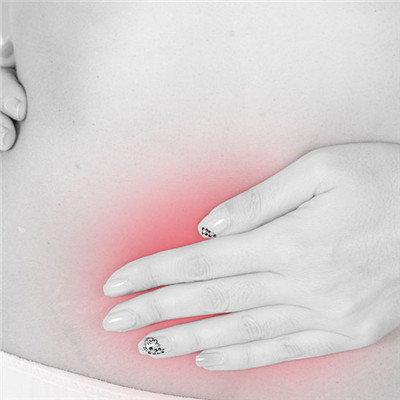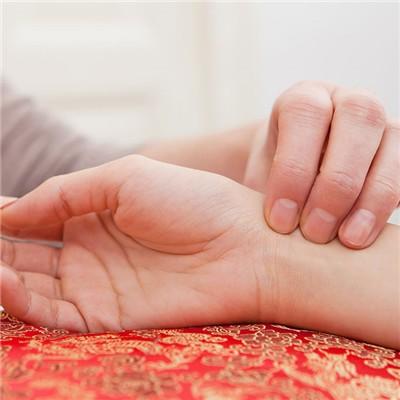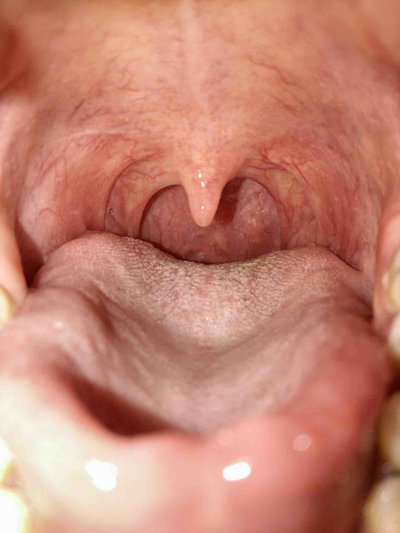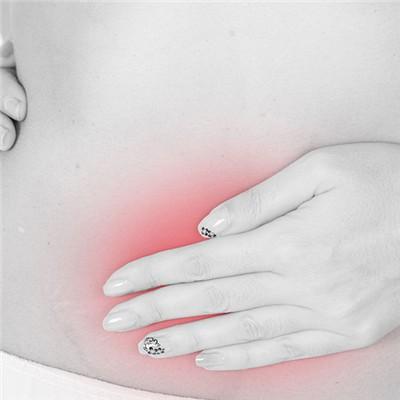Prescription for chronic otitis media
summary
My aunt is chronic otitis media. At the beginning, she just had a little back in her ear and couldn't hear others clearly. Later, she became so serious that her ear was running water and her left ear couldn't hear any sound at all. After treatment, she has improved. So what's the best way to treat chronic otitis media? Now let's take a look at it!
Prescription for chronic otitis media
Treatment 1: etiological treatment: Patients with acute suppurative otitis media should actively treat chronic diseases of the nose and pharynx, such as adenoid hypertrophy, chronic sinusitis, chronic tonsillitis, etc.

Treatment 2: infection control: early application of sufficient antibiotics or sulfonamides can effectively control infection and prevent acute suppurative otitis media from turning into chronic otitis media. Generally, penicillin and cephalosporins can be used for treatment. After tympanic membrane perforation, pus is taken for bacterial culture and drug sensitivity test, and appropriate antibiotics can be used according to the results.

Treatment 3: unobstructed drainage: 1-2% phenol glycerin ear drops can be used before tympanic membrane perforation, which can reduce inflammation and relieve pain. After tympanic membrane perforation, phenol glycerin should be stopped immediately. First, 3% hydrogen peroxide should be used to clean the external auditory canal pus, and antibiotics should be applied locally. 0.3% ofloxacin and other ear drops can be used in the recovery period. After the inflammation subsides, the perforation can heal itself.

matters needing attention
This disease needs attention: people suffering from otitis media will have symptoms such as fever, tinnitus, hearing loss, stuffy feeling in the ear, or blockage, and sometimes dizziness, headache and so on. Otitis media often occurs after a cold, usually unconsciously. Sometimes the change of head position can feel the improvement of hearing.














